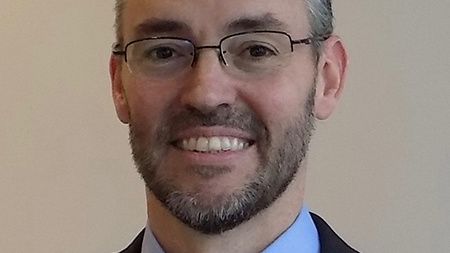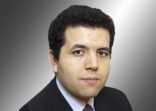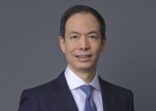The Parvest Multi-Asset Income Emerging Fund, managed by Adam Gage, targets an annual yield between 5% and 7%. In order to obtain that level of yield in a low-yield environment, the fund manager taps emerging market bonds, “the asset class that has perhaps the highest yields on offer out there,” according to Felices.
“The obvious place to look for yield is local debt, as local yields are higher than those on external debt,” Felices told FSA. Within that space, Latin America tends to have highest yields.
“We particularly like Latin America because it is in a transition,” he said. “Brazil is a good example. It is coming out of a recession, we are seeing inflation fall quite rapidly [thanks to] plenty of under-utilised capacity and structural forces driving it down.”
“That means that the central bank has had a lot of room to cut rates, and that is very positive for fixed income [holdings],” he said.
Felices describes his role as the generator of investment ideas that are discussed by the investment team and implemented by specialists in individual markets. He decides on asset allocation, currency exposures and similar top-down decisions, while specialists located in 13 countries are tasked with generation of alpha within this top-down framework.
Felices likes to compare his role as well as fund manager Adam Gage’s role to that of an orchestra conductor, with the specialists playing individual instruments.
While Latin American bonds, and in particular Brazilian bonds could yield even higher than the fund’s target, the portfolio combines the exposure with other strategies to reduce risk and volatility. For example, the Asian equity sleeve of the portfolio is managed by Arthur Kwong, the Hong Kong-based head of Asian equities and the manager of four Asia equity funds.
Approximately 50% of the fund’s assets are in fixed income and 50% in equities. “We ask our equity managers to look for high dividend yielding stocks, [or instead of that] we need to have the conviction that the capital gains will be able to generate enough returns to pay for the yield,” he said.
Felices has the authority to adopt tactical positions, which often take the form of hedges, implemented via option structures and independent of what the specialist managers do.
“A key risk that we see is a disorderly increase in US rates, if there’s an inflation outburst in the US,” Felices said. “It would be very damaging for emerging markets. We’ve put a hedge in place to protect the portfolio against that.”
Asia heavy
Asia equities make up around 60% of the equity holdings in the fund, or 30% of total assets. Top holdings are Tencent, Samsung, and Taiwan Semiconductor Manufacturing Co (together accounting for close to 10% of the portfolio).
“We like the structural story of the emerging middle class that supports consumption, in particular that of information technology services,” he said. “There’s an obvious positive correlation of GDP per capita and internet penetration. As China and India continue to grow their income per capita, naturally that will mean higher internet penetration and it should also mean support for the earnings of those companies.”
Nevertheless, Felices has a hedge on China. “People are very complacent now with respect to the risk of a slowdown in China,” he said. “We are long the US dollar vs the Taiwanese dollar, which is tightly linked to the Chinese outlook.”
In addition to global risks, Felices has his eyes on local ones. “We think Turkey is likely to suffer significantly if the global macro environment deteriorates,” he said. “The market only attracts flows because the central bank is keeping the monetary policy fairly tight. So if there’s a deterioration in the macro environment, capital can flow out very quickly and all assets in Turkey would take a hit.”
Still, Felices is relatively sanguine about the global market overall. “I’m still confident that this environment could last longer,” he said. “This cycle is different from previous ones. We don’t have inflation pressures to disrupt this environment.”
With the Fed expected to hike interest rates only two-three times in 2018, the late cycle could last another two or three years, he noted.
“Emerging markets are only catching up to this global synchronized recovery,” he said, in particular due to slowdowns in Brazil, China and Russia in 2013-15.
Valuations are still favourable, he believes. “Because we’re coming off some very tough years for emerging markets, it has taken a while for investors to come back to the asset class. As long as the mature cycle continues, people will be attracted to emerging markets.”
Performance of the Parvest Multi-Asset Income Emerging Fund since inception in 2016 versus category average


















